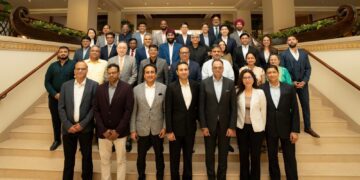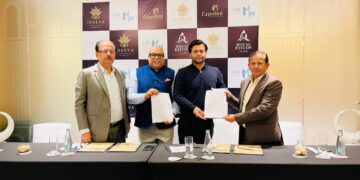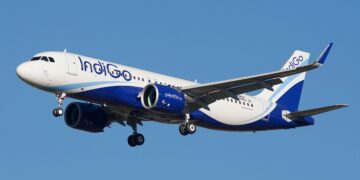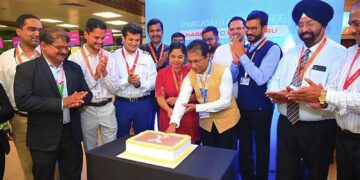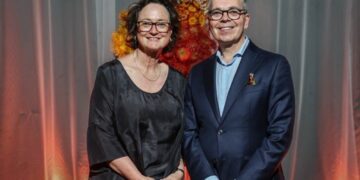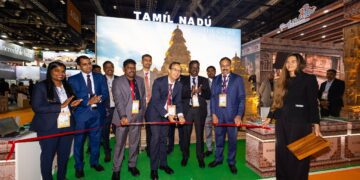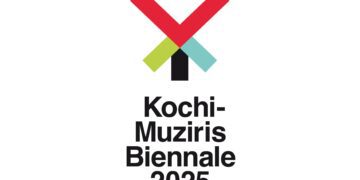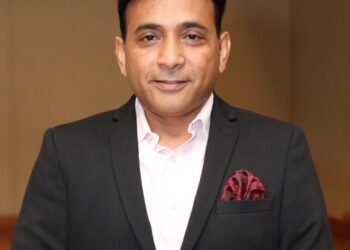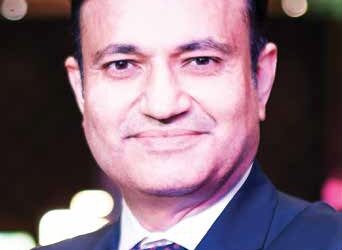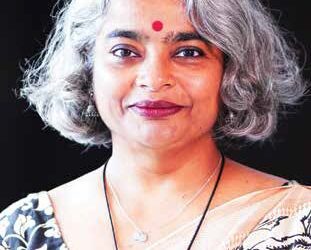Priyanka Saxena Ray
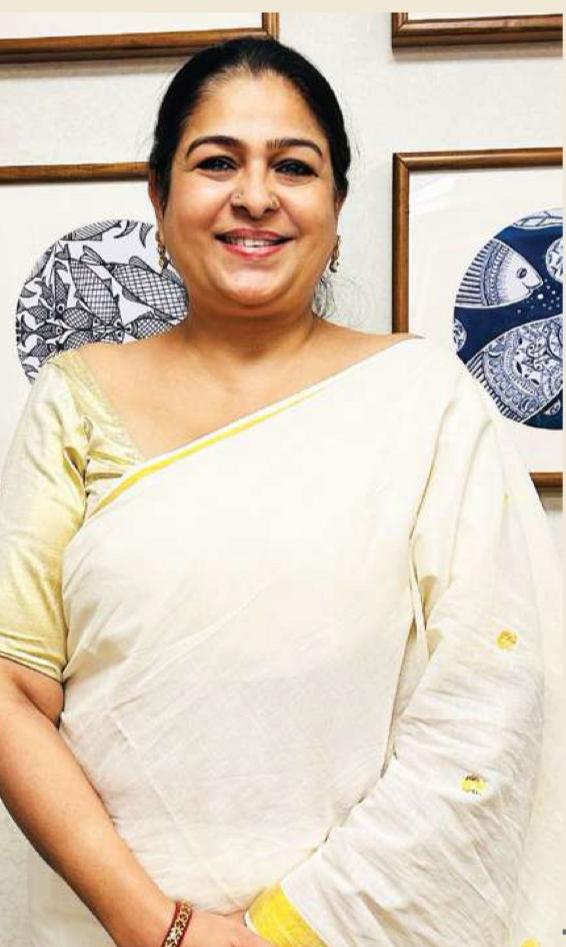
This role isn’t quite different from what I’ve done before because tourism and culture are deeply intertwined. While the change is evident, there’s also a sense of continuity. Culture itself embodies both change and continuity, and our task is to shape something noble from what already exists. Tourism reflects this. My role now is part of the creative industry, focusing on promotion, marketing, publicity, and, most importantly, data. I’m a data-driven person—analytics, visualization, mining are my strengths. This job allows me to leverage those skills, especially in using infographics, where data and visuals combine to communicate with impact. Infographics, much like algorithms and AI, are the new language.
New Initiatives being undertaken by MoT
The World Tourism Day program help in September witnessed the launch of a plethora of initiatives by the Ministry of Tourism, which had been in the pipeline for long. We saw the launch of the revamped ‘Incredible India’ digital portal—Version 2.0. Unlike before, where the focus was solely on visual imagery like pictures and films, we’ve now aligned with modern trends. Today, representation of India includes not just visuals but also social media tools like reels, memes, GIFs, and gamification. These dynamic, digital strategies form the core of how we communicate India’s vast offerings. This transformation marks a shift from traditional marketing to a new era—quantum marketing.
The revamp is more than cosmetic; it’s a functional upgrade. We’ve integrated third-party platforms like MakeMyTrip, ClearTrip, and EaseMyTrip, turning the portal into a one-stop-shop for booking flights, hotels, and tour packages, providing seamless access to verified partners. This is crucial for both domestic and international tourists, as it guarantees reliability through government-accredited operators.
A significant initiative is the collaboration with eight leading hospitality brands—IHCL, Radisson, Lemon Tree, ITC, and The Lalit—partnering with the Indian Institutes of Hotel Management (IHM) to standardize curricula. This ensures that graduates can easily transition into top hospitality chains, creating a skilled workforce ready for the tourism sector.
We also launched the ‘Paryatan Mitra’ and ‘Paryatan Didi’ programs to empower local hosts, from taxi drivers to homestay owners, to embody the spirit of Indian hospitality. Initially rolled out in 77 districts, the program has now expanded to 50 destinations, ensuring a welcoming environment for visitors across the country.
Another major initiative is the launch of the ‘Incredible India Content Hub’, an open-access digital library with over 5,000 pieces of content, including photographs, films, documentaries, and newsletters. This archive will continue to grow, crowd-sourcing contributions from the public, with AI-driven quality control ensuring high standards. This resource is available free of copyright, preserving India’s cultural heritage for global use.
Lastly, we are focusing on infrastructure improvements. India’s number of airports has grown from 74 to 157 in just a decade, with the new Noida Jewar Airport set to open soon, enhancing connectivity for travellers. Rail travel has also seen innovations with new services like ‘Bharat Gaurav’, ‘Vande Bharat’, and ‘Amrit Bharat’ trains, providing unique travel experiences.
Launching ‘Chalo India!’
The “Chalo India” campaign is an exciting new initiative that draws on our Honourable Prime Minister’s vision for global outreach, positioning India as an unparalleled destination. Earlier this year, the Prime Minister, our nation’s biggest ambassador, promoted “Chalo India” as a call to action for the Indian diaspora worldwide. From Poland to the U.S., he has invited the diaspora to help strengthen India’s tourism by encouraging their international friends to experience the richness of India. Through “Chalo India,” diaspora members can refer five non-Indian friends to visit India, generating a unique referral code for each friend to use when applying for an e-visa. This code waives the visa fee, making it even easier to explore India. The referral code program is open until March 31, 2025, and visitors can enter even after this date, as long as they’ve secured their visa within the campaign window.
Recovering Graph of Inbound Tourism
Despite these efforts, inbound travel is still recovering post-COVID. Currently, we’re at 92% of pre-pandemic levels for foreign tourist arrivals (FTAs), with a full recovery just within reach. Encouragingly, international tourist arrivals (ITAs) are already at 106% of 2019 levels, according to the UNWTO, which projected a 2% rise in global travel recovery.
Yet, we still see a significant gap in travel trends: 27 million Indians travelled abroad recently, compared to only 9.3 million foreign visitors to India. With over 1.3 billion international travellers worldwide, India has a huge opportunity to capture a larger share of this market. To do so, we are advancing our “Incredible India” and “Chalo India” campaigns, intensifying our presence at international events like WTM and focusing on key factors that enhance inbound tourism—such as visa facilitation and direct flight connections to our top 25 markets.
Moreover, through the Swadesh and Prasad schemes, we’re investing in critical infrastructure and providing state-level support to improve visitor experiences across the country. With such initiatives, we are setting the foundation to welcome the world to India with ease and enthusiasm.
India for Weddings and MICE
We’re also focusing on India as a premier wedding destination, especially during the winter season. Weddings in India have evolved significantly—from traditional marriages to elaborate wedding celebrations. While marriage is a joyful occasion, wedding planning can often be stressful. Our aim is to simplify the wedding experience by implementing targeted solutions, whether physical or digital, to bridge information gaps and streamline organization.
Another key area is MICE tourism. We’re developing a comprehensive directory for MICE (Meetings, Incentives, Conferences, and Exhibitions) to attract major associations and promote India as a top MICE destination. From my experience in the culture sector, we’ve successfully organized large-scale MICE events like the International Museum Expo, which drew 50,000 participants, the Festival of Libraries with over 30,000 attendees, and a 115-day Biennale, which brought 950,000 visitors to India.
For context, the Kochi Biennale and the renowned Venice Biennale typically attract around 500,000–600,000 visitors. Hosting similar high-impact events in India can have a tremendous ripple effect on the economy. Our recent Biennale, for example, generated around one million jobs—a significant boost solely from hosting the event.
Follow BOTT on LinkedIn, Facebook, Twitter & Instagram
Subscribe BOTT Channels on WhatsApp & Telegram to receive real time updates


